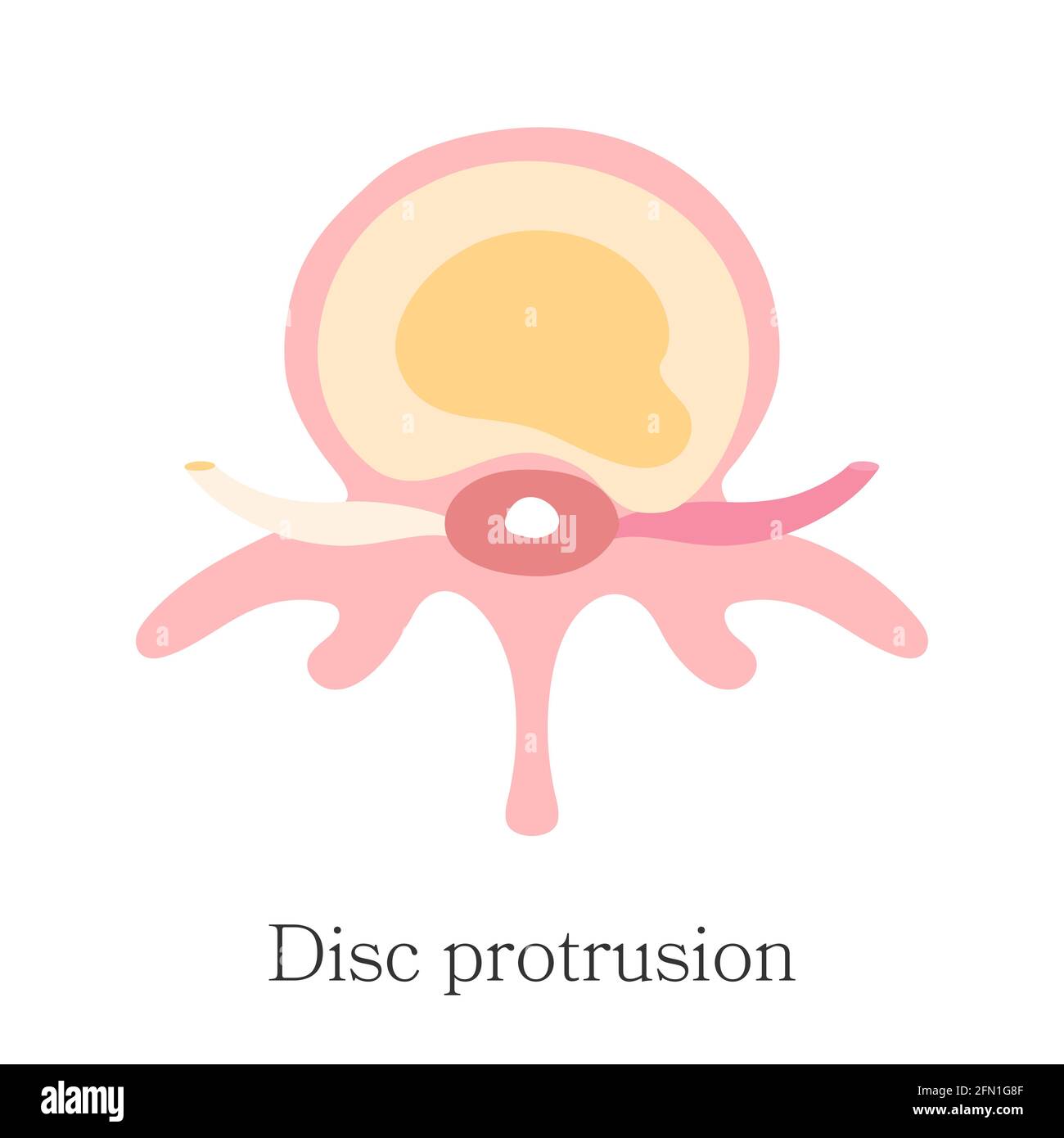
Can the sources of pain be pinpointed?Īware state surgical examination enables the patient to give the surgeon feedback, guiding him or her to the point that is responsible for the pain. The patients body had adapted to the slippage and surgery at this level would not have modified the pain. In our published studies the pain was arising at an adjacent level in almost 20% of cases. In the presence of back and leg pain and spondylolisthesis or retrolisthesis the surgeon will tend to focus upon this evident pathology and treat this. The complexity of the spinal region means that a wide range of possible conditions exist to confound diagnosis. Until the advent of aware state surgical examination, the sources of Vertebral Slippage were hard to define and surgeons engaged in pre-operative ‘guesstimation’ based on the results of clinical examination, X-rays, MRI scans and CAT scans. Unfortunately the patient may present with degeneration at more than one disc level. When advanced the compression causes numbness and weakness to develop. The foramen is distorted and the nerve is tethered by years of scarring reaction to repetitive bruising, can not evade the pinching by the bulging distorted disc wall or overriding facet joints (or fracture margins in the case of Spondylolytic Spondylolisthesis). The back pain may arise from irritation within the disc wall but more commonly arises from the pinching of the trapped nerve in the exit doorway (Foramen) from the spinal column. Vertebral Slippage is associated with various combinations of back, buttock and leg pain, numbness and muscle weakness. What causes pain in cases of Vertebral Slippage? The slippage usually arrests at an override of 5mm. As the capsule of the facet joint stretches so the travel of slippage increases, the wall of the disc distorts and stretches and the boundaries of the exit canal (Foramen) consisting of the disc and overriding facets of the facet joint, distort. This slide is in the main controlled by the orientation of the facet joints behind and ligaments and muscles attached to the vertebrae but the backwards direction may be directed by the natural overarching posture of the patient. In this situation the slide takes place in a backwards direction. The disc wall becomes slack and the vertebrae become freer to slide around. The slippage usually arrests at an override of 50% in midlife presentations but in teenagers slippage can exceed 100%.Īs the disc degenerates the internal mass of the disc breaks up and leaves the body, the disc shrinks and looses height. Here the facet joints have been separated from continuity with the vertebral body and can no longer control the direction or extent of travel and the unhealed fracture stretches and the boundaries of the exit canal (Foramen) consisting of the disc and overriding facets of the facet joint and fracture site, distort. The disc wall becomes slack and the vertebrae become freer to slide around and overriding increases. In later life either as a teenager or often in mid life, the disc degenerates the internal mass of the disc breaks up and leaves the body, the disc shrinks and looses height. Because the load persists and continuous movement takes place between the bone ends the fracture fails to heal leaving a defect held together by cartilage and fibrous scar. If they are set in such a way that they are overloaded then whilst the bones are still soft in childhood, the supporting bone will fracture. The cause of Spondylolytic Spondylolisthesis may centre upon the congenital orientation of the facet joints. The slippage is arrested at a maximum override of 50%. The direction of slide is controlled by the orientation of the facet joints behind and ligaments and muscles attached to the vertebrae. What Causes Vertebral Slippage?Īs the disc degenerates the internal mass of the disc breaks up and leaves the body, the disc shrinks and looses height. When one vertebra slides backwards on its neighbour then it is termed “Retrolisthesis”. Where this is associated with childhood or congenital fractures in the back of the vertebral arch, it is termed “Spondylolytic Spondylolisthesis”. The condition is termed “Spondylolisthesis” and usually arises from disc degeneration and one vertebra slides forward on its neighbour.

Vertebral Slippage describes the situation where one vertebra slides forward or backward upon its neighbour eventually causing symptoms. Vertebral Slippage (Spondylolisthesis & Retrolisthesis) What Exactly is Vertebral Slippage?


 0 kommentar(er)
0 kommentar(er)
